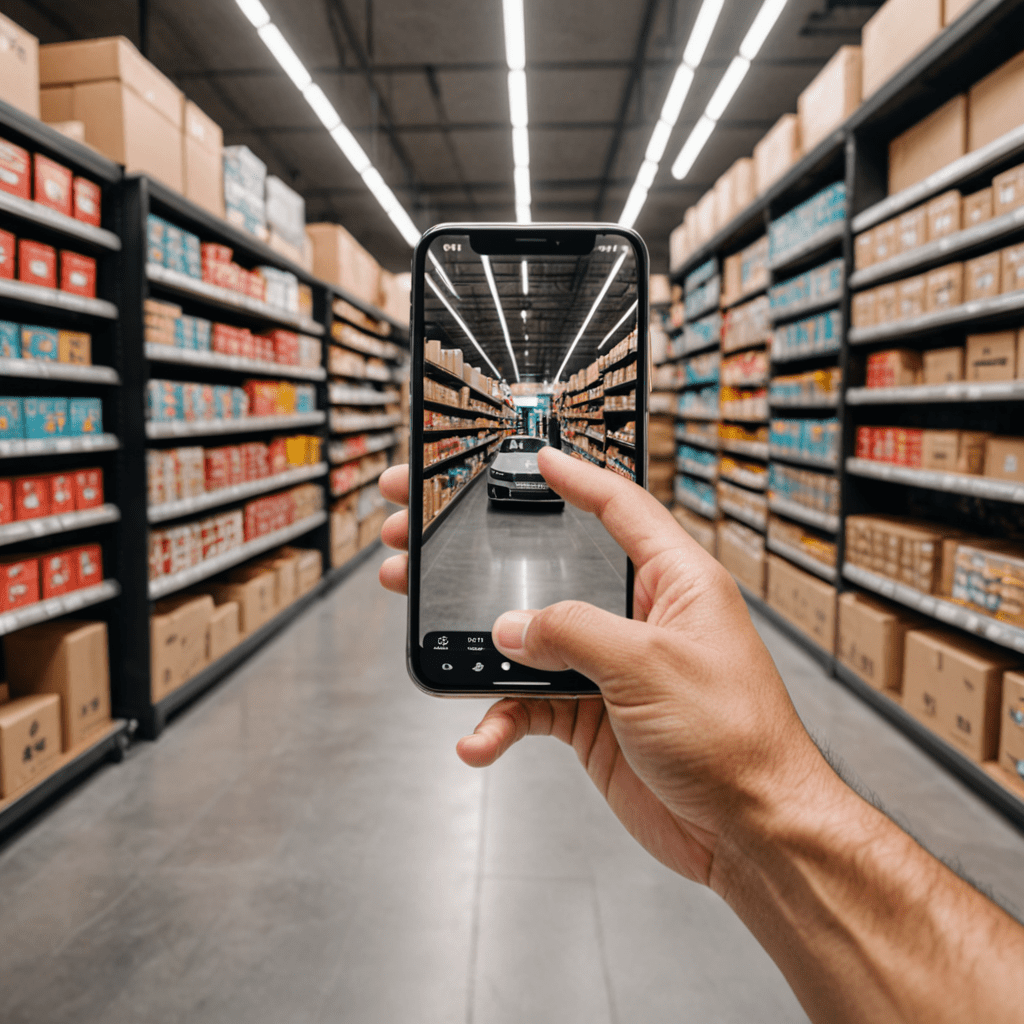
Omnichannel Retailing: Integrating Online and Offline Experiences in E-commerce
In today’s digital age, the lines between online and offline shopping experiences are becoming increasingly blurred. Omnichannel retailing is a strategic approach that focuses on providing a seamless and integrated shopping experience for customers across both online and offline channels. In this blog post, we will delve into the concept of omnichannel retailing and how it is transforming the e-commerce landscape.
What is Omnichannel Retailing?
Omnichannel retailing is a holistic approach to retail that aims to provide a consistent and cohesive shopping experience for customers across all channels, be it online, in-store, or mobile. It involves integrating various touchpoints to create a unified experience for consumers, allowing them to transition effortlessly between different channels during their shopping journey.
The Importance of Omnichannel Experience
Offering an omnichannel experience is crucial for retailers in today’s competitive market. With the rise of online shopping, consumers expect a seamless experience regardless of the platform they choose to shop on. By integrating online and offline channels, retailers can cater to the evolving needs and preferences of their customers, ultimately enhancing customer satisfaction and loyalty.
Benefits of Omnichannel Retailing
One of the key benefits of omnichannel retailing is the ability to provide a personalized shopping experience for customers. By leveraging data and analytics, retailers can gain insights into consumer behavior and preferences, allowing them to tailor their marketing strategies and offerings accordingly. This personalized approach not only increases customer engagement but also drives sales and boosts customer retention.
Challenges and Considerations
While omnichannel retailing offers numerous advantages, it also comes with its own set of challenges. From data integration issues to inventory management complexities, retailers need to navigate various hurdles to successfully implement an omnichannel strategy. It is essential for businesses to invest in the right technology and infrastructure to ensure a smooth and seamless integration across all channels.
Examples of Successful Omnichannel Retailing
Several brands have excelled in implementing omnichannel retailing strategies. Companies like Starbucks, Nike, and Sephora have seamlessly integrated their online and offline channels, offering customers a unified shopping experience. These brands have leveraged technology to create personalized marketing campaigns, streamline inventory management, and enhance customer engagement across all touchpoints.
Future Trends in Omnichannel Retailing
As technology continues to advance, the future of omnichannel retailing looks promising. From augmented reality shopping experiences to voice-activated shopping assistants, retailers are exploring innovative ways to further integrate online and offline channels. The key to staying ahead in the e-commerce landscape lies in embracing new technologies and evolving with changing consumer demands.
Conclusion
In conclusion, omnichannel retailing plays a pivotal role in shaping the future of e-commerce. By seamlessly integrating online and offline experiences, retailers can provide a personalized and cohesive shopping journey for customers, ultimately driving sales and fostering long-term customer relationships. Embracing omnichannel strategies is no longer a luxury but a necessity in the competitive retail landscape.
FAQs About Omnichannel Retailing in E-commerce
What is Omnichannel Retailing?
Omnichannel retailing is a strategy that seamlessly integrates online and offline shopping experiences. It ensures that customers can interact with a brand across various channels like websites, mobile apps, physical stores, and social media.
How does Omnichannel Retailing Benefit E-commerce?
Omnichannel retailing enhances the customer shopping experience by providing consistency across all platforms. It allows customers to research products online, make purchases in-store, or buy online and pick up in-store, creating a convenient and personalized experience.
What are the Key Components of Omnichannel Retailing?
The key components of omnichannel retailing include inventory management systems that synchronize stock levels across all channels, unified customer databases to track interactions, and consistent branding and messaging across online and offline touchpoints.
Why is Omnichannel Retailing Important in the Modern Retail Landscape?
In today’s retail landscape, consumers expect a seamless shopping experience across all touchpoints. Omnichannel retailing helps businesses stay competitive by meeting customer expectations, building brand loyalty, and driving sales through personalized interactions.
How Can Businesses Implement Omnichannel Retailing Successfully?
Businesses can implement omnichannel retailing successfully

